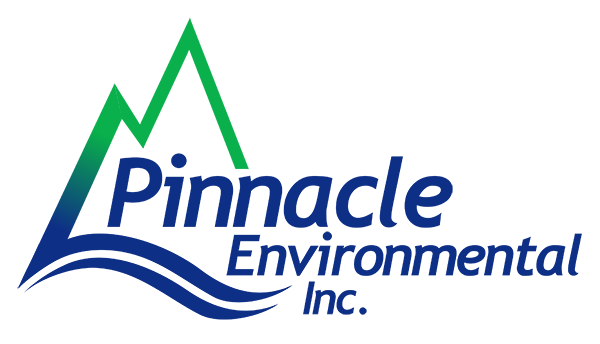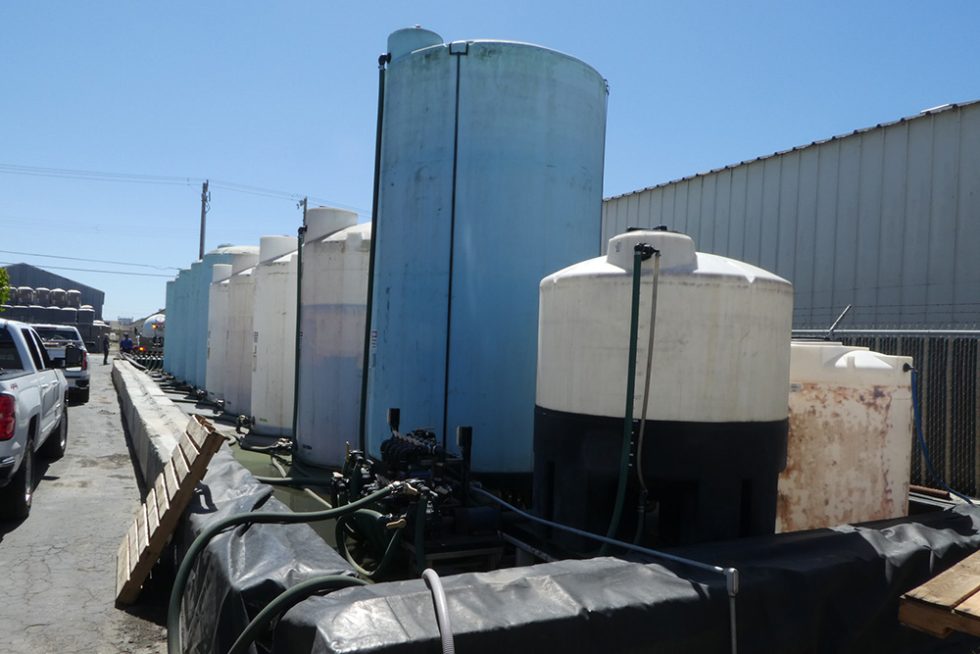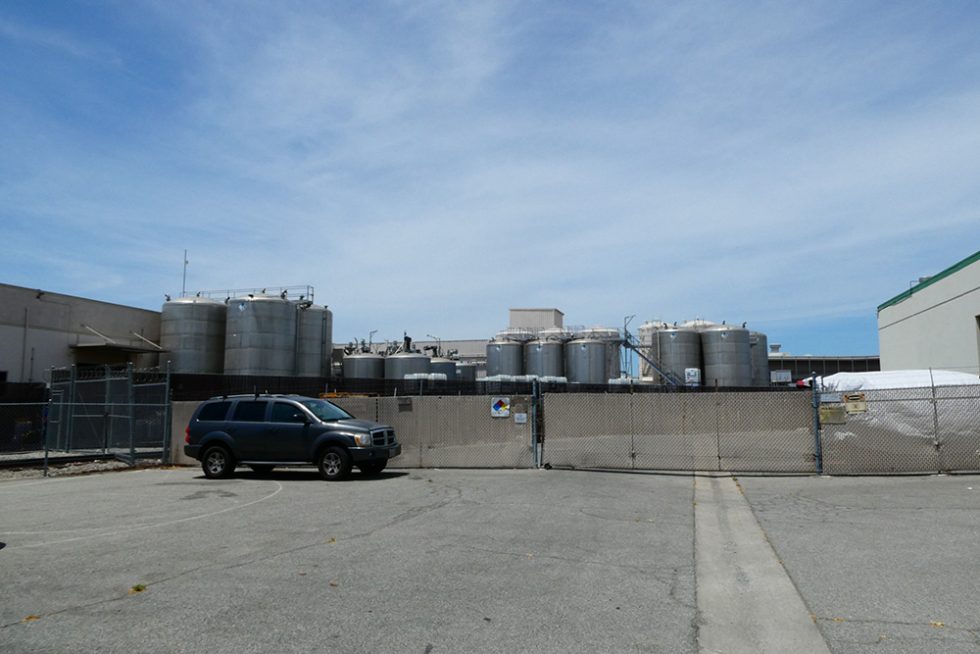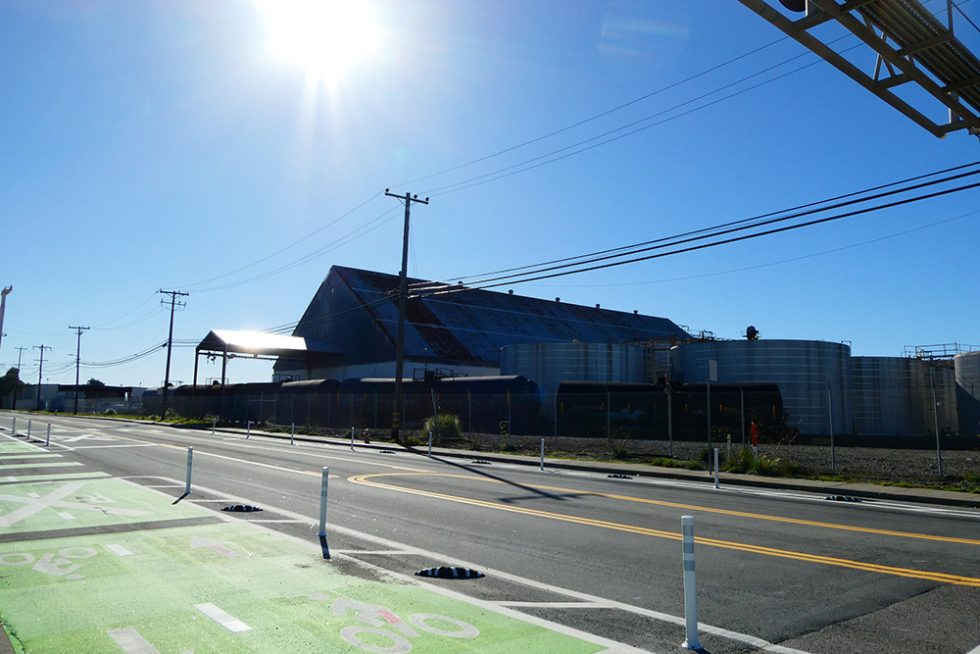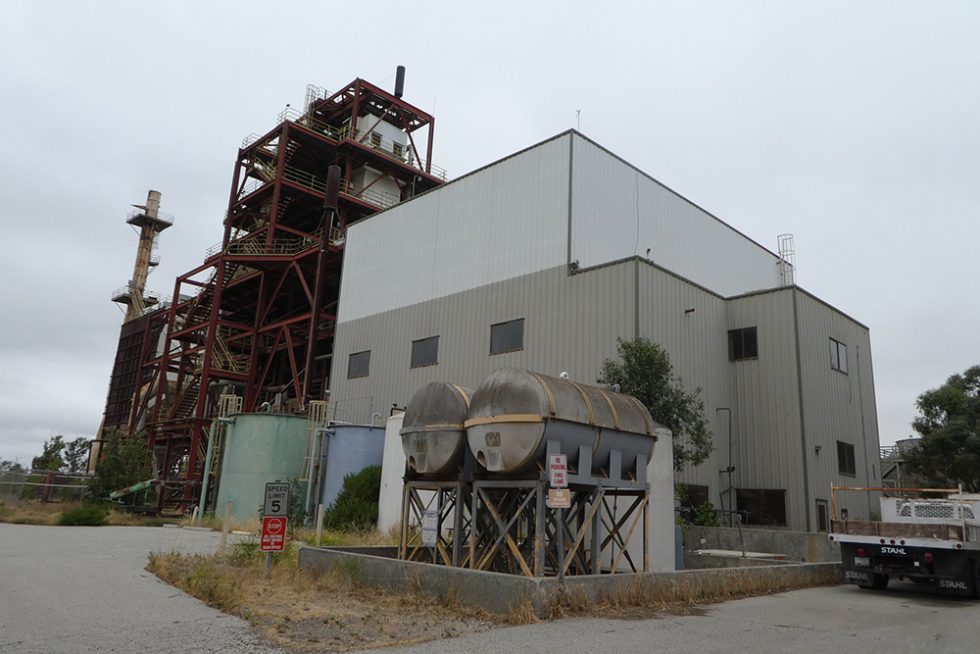Spill Prevention, Control, and Countermeasure Plans
Spill Prevention, Control, and Countermeasure (SPCC) Plans
Spill Prevention, Control, and Countermeasure (SPCC) Plans are a set of guidelines and procedures designed to prevent oil spills and mitigate their impact if they occur. These plans are mandated by the United States Environmental Protection Agency (EPA) for certain types of facilities that store, handle, or transport oil or oil products and must be updated and reviewed regularly to ensure they remain effective in preventing and mitigating spills.
What is the procedure to create a Spill Prevention, Control, and Countermeasure (SPCC) plan?
A Spill Prevention, Control, and Countermeasure (SPCC) Plan outlines procedures and protocols for preventing and responding to oil spills at facilities that handle or store oil or oil products. The process for creating an SPCC Plan involves the following steps:
-
- Identify applicable regulations: Determine the specific regulations that apply to your facility based on the type and quantity of oil stored or handled.
- Conduct a site assessment: Identify potential sources of spills and evaluate the risk of a spill occurring at your facility. This assessment should consider factors such as the size and location of storage tanks, the age and condition of equipment, and the training and experience of personnel.
- Develop a spill prevention plan: Based on the assessment, develop a plan to prevent spills from occurring. This may include measures such as regular equipment maintenance, spill prevention barriers, and employee training.
- Develop a spill response plan: Develop a plan to respond to spills if they do occur. This should include procedures for containing the spill, notifying appropriate agencies and authorities, and coordinating clean-up efforts.
- Prepare the SPCC Plan document: Compile all of the information and procedures developed in the previous steps into a formal SPCC Plan document. The document should include a detailed description of the facility and its operations, an assessment of potential spill risks, and the specific spill prevention and response measures that will be implemented.
- Review and update the plan: Regularly review and update the SPCC Plan to ensure it remains current and effective. This should include periodic reviews of the site assessment and evaluation of new or changed regulations that may affect the plan.
The process of creating an SPCC Plan can be complex and may require input from multiple stakeholders, including facility managers and regulatory agencies. However, the effort put into developing a comprehensive plan can help to prevent spills, protect the environment, and ensure compliance with regulatory requirements.
What types of businesses are required to have an SPCC plan?
The United States Environmental Protection Agency (EPA) mandates that certain types of facilities that store, handle, or transport oil or oil products must have a Spill Prevention, Control, and Countermeasure (SPCC) Plan. Generally, any facility that meets one or more of the following criteria is required to have an SPCC plan:
-
- Stores more than 1,320 gallons of oil or oil products in aboveground storage containers or more than 42,000 gallons in completely buried containers.
- Transfers oil or oil products from one container to another (such as loading or unloading a tanker truck) and has a total storage capacity of more than 1,320 gallons.
- It could reasonably be expected to discharge oil or oil products to navigable waters or adjoining shorelines, such as facilities near rivers, lakes, or oceans.
Examples of facilities that may need an SPCC Plan include oil refineries, chemical plants, gas stations, transportation companies, and industrial facilities that use oil or oil products in their operations. SPCC Plans are not one-size-fits-all and must be tailored to the specific needs and risks of each facility. Contact us today for a free quote.
What concerns are SPCC plans designed to mitigate?
Spill Prevention, Control, and Countermeasure (SPCC) Plans are designed to mitigate the risks associated with oil spills. Some of the environmental concerns that can arise from oil spills include:
-
- Contamination of soil and groundwater: Oil spills can contaminate soil and groundwater, which can persist for long periods of time and pose a risk to human health and the environment.
- Air pollution: Oil spills can release harmful volatile organic compounds into the air, which can pose health risks to nearby communities.
- Harm to wildlife and marine ecosystems: Oil spills can harm wildlife and marine ecosystems, including fish, birds, and other animals. The effects of oil spills can be long-lasting and can disrupt ecosystems for years after the spill occurs.
In addition to these environmental concerns, oil spills can also have significant health impacts on humans, including respiratory problems, skin irritation, and other health issues.
